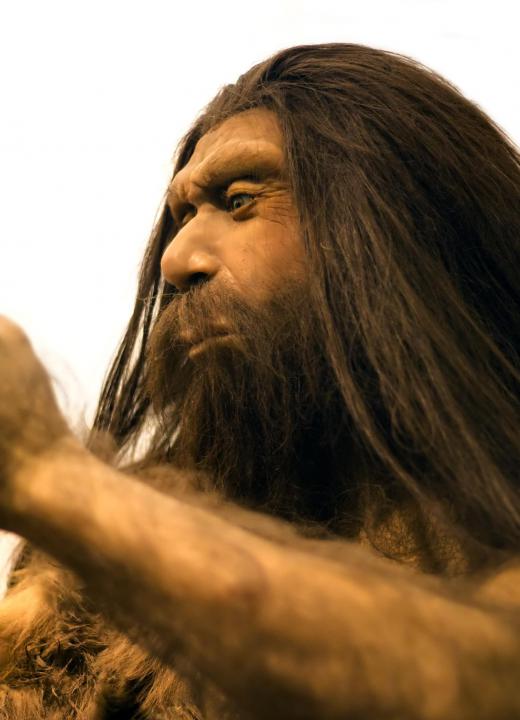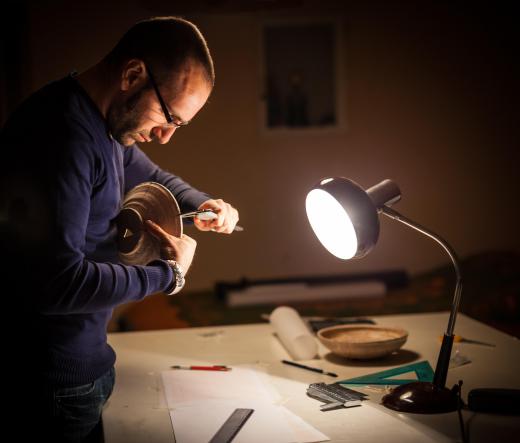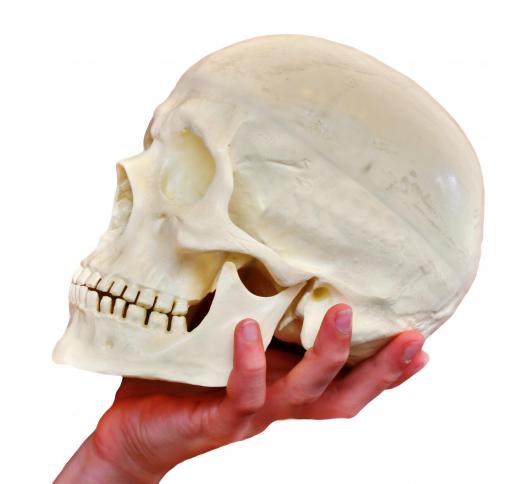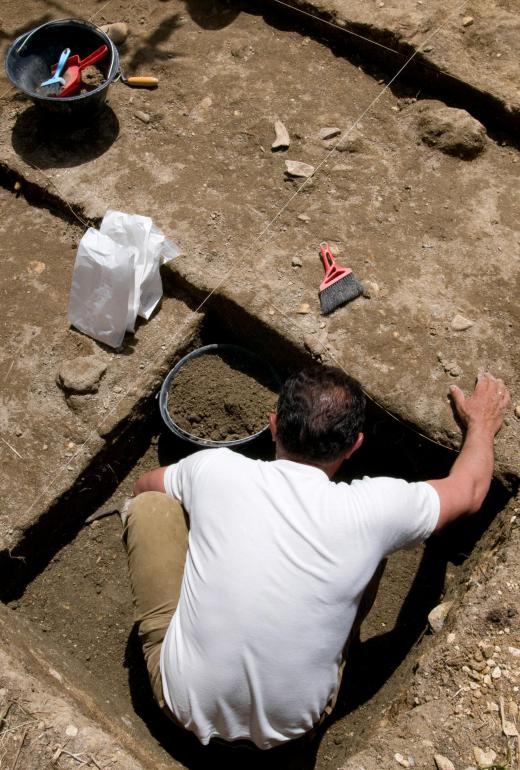How do Archaeologists Date Artifacts?
 Michael Anissimov
Michael Anissimov
The human race has existed for at least one hundred thousand years, and perhaps even longer. However, writing was only invented in 5000 BCE, and even then, few people were literate and archival methods were very poor. Therefore, information of about 99% of the human history can only be retrieved through the study of artifacts and fossils. To understand where a given artifact fits into the scheme of history requires dating it with a reliable degree of precision. Luckily, there exist good methods to do so.
Archaeological Excavation

The earliest method of dating artifacts is to look at which strata of rock they are found within. To accurately determine this, each layer of soil must be removed, a process known as extraction, during the archaeological dig. The business of archeology is done in an extremely careful manner in order to provide the most accurate results; this is often very time consuming and can last days, months, or even years. Over the years, archaeologists have compiled their findings into large databases containing information about the types of artifacts that correspond with difference civilizations, and the types of soil in which they usually found.
Typology

Another method for dating artifacts is called typology, which simply means the study of types. In typology, a researcher studies the material of an artifact, its form, and its most likely purpose. Due to technological necessity, more complex artifacts are newer than simpler artifacts, so often an artifact can be dated simply by looking the materials and process used to make it. If the artifact is from a civilization that possessed written records, dating is even easier because there are existing textual clues as to which artifacts were produced during which eras.
Carbon-14 Dating

One of the most commonly used methods of artifact dating is carbon-14 dating, also known as radiocarbon dating. This method only works to date organisms that were once alive no more than 58,000 to 62,000 years ago. By dating an organism sample found near the original found artifact, archaeologists can learn information about the artifact's time period and history.

Organisms take in carbon-14 naturally while they are alive, but when they die, they stop absorbing it. Carbon-14 has a half-life of 5,000 years, so it slowly decays and its frequency declines as the organic material is buried. Determining the exact quantity of carbon-14 in a sample can give a very close approximation of the corresponding artifact's creation date.
AS FEATURED ON:
AS FEATURED ON:














Discussion Comments
How long would it take to date an artifact? I do believe that question is still unanswered.
How long did it take to find the dates of the artifacts?
About how much would it cost me to get an old artifact carbon dated? Do you know where I could go or how long it would take?
@alisha-- No, there are some other methods that can go back further than carbon dating can, like potassium-argon dating.
The idea is the same as carbon 14 dating but instead of looking for carbon in artifacts, archaeologists look for potassium and argon. They are able to determine age of artifacts with this because the potassium in artifacts slowly turn into argon over time.
So based on how much potassium and argon an artifact has, archaeologists can figure out how young or old it is. If the proportion of potassium is higher for example, it is a younger artifact. And if the proportion of argon is higher, it is an older artifact.
So what happens if archaeologists want to date something that's older than 62,000 years?
Is it not possible since carbon dating cannot go back that long?
In class, we learned about tree-ring dating, where archaeologists can learn the age of trees by looking at the number of rings formed in the trunk.
My teacher said that each ring stands for one year and archaeologists just count the rings and that gives a good estimate of how many years that tree has existed for.
I really like this method, it sounds really easy and straightforward. I think even those who are not archaeologists could use this method to learn about the age of a forest, for example.
I think that it is amazing how they find these archeology artifacts and are able to pinpoint a timeline of when they existed. I think that it is so interesting how they were able to classify dinosaurs within their respective eras.
Most dinosaurs for example, lived millions of years ago and to me it is fascinating how they could have such exact information regarding what they looked like based on a collection of bones that they uncovered. I would be terrified to touch any one of those bones because I would hate for one of them to break.
Post your comments